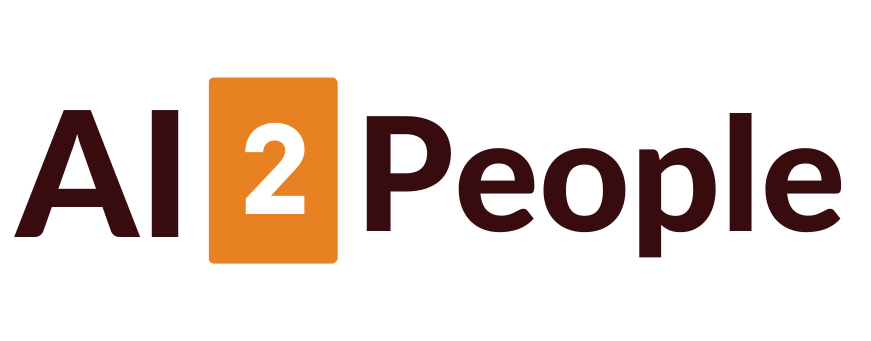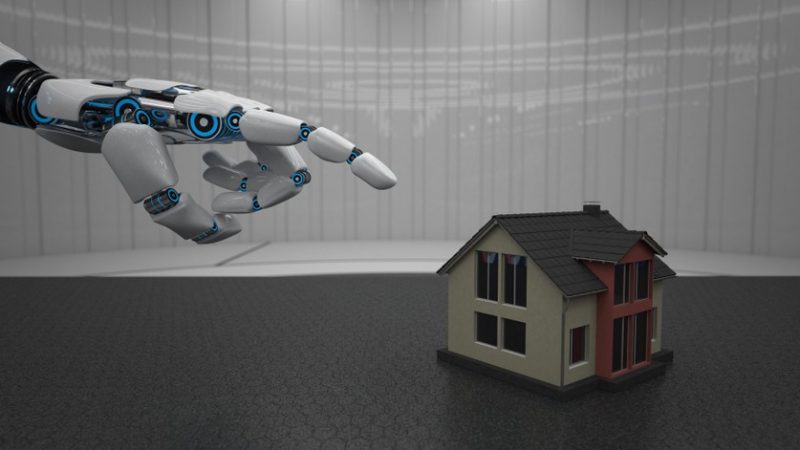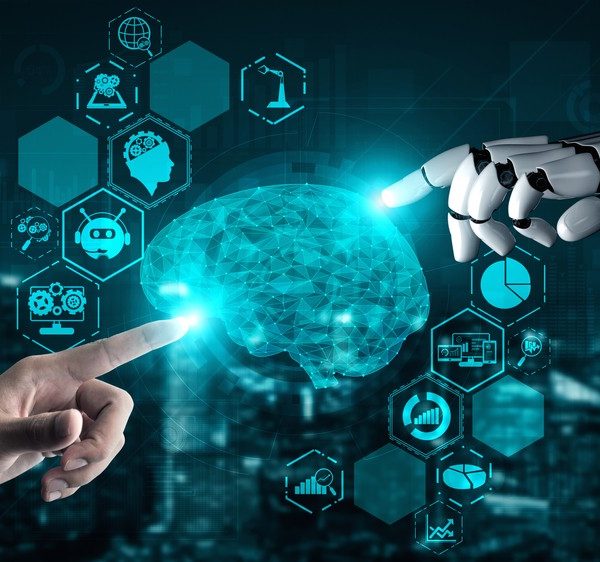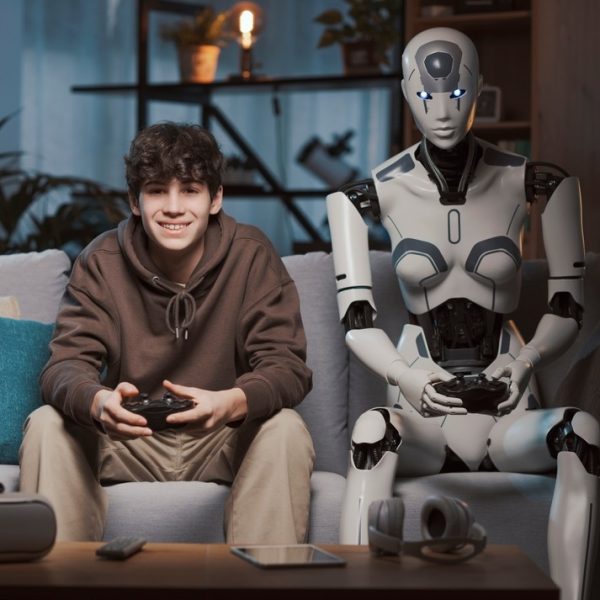
How AI Helps to Prevent Food Waste
The food and beverage industry has undergone a significant transformation in response to changing consumer demands. Consumers now expect fast, affordable, and easily accessible food options, leading to a surge in innovative startups and tech collaborations. In this dynamic market environment, companies must adopt cutting-edge technologies such as Artificial Intelligence (AI) and Machine Learning (ML) solutions to stay relevant, manage waste, and scale-up operations.
Food waste is a significant concern in the industry, with nearly 30-40% of food waste being eliminated at the retail and consumer levels, equating to USD 161 billion worth of food in 2010. Transportation, storage, and consumer behaviors account for almost half of food loss, making it an immediate and critical issue that requires aggressive measures.
The Importance of Advanced Traceability in Waste Management
Food waste is a serious problem that affects the entire food value chain. When wasted food ends up in landfills, it produces methane, a greenhouse gas that is 25 times more harmful than carbon dioxide. This, in turn, contributes to global warming and exacerbates the effects of climate change.
As the food and beverage industry responds to changing consumer demands for fast, affordable, and convenient options, it has become increasingly important to implement innovative solutions to manage waste. This is where advanced traceability and predictive technologies come into play. By deploying Artificial Intelligence (AI) and Machine Learning (ML) solutions, companies can effectively manage waste, scale up their operations, and remain relevant in a dynamic market environment.
AI has the potential to reduce food waste by 2030, unlocking a $127 billion opportunity through regenerative agricultural practices. The world of AI in the food and beverage industry is currently dominated by innovative start-ups and tech company collaborations. These companies are developing machine learning algorithms to tackle specific challenges, such as discriminating between types of food waste and measuring food quality using smart scales, AI-guided intelligent meters, and cameras.
Through machine learning algorithms, the system can identify the type of food that has been thrown away. AI can also design out avoidable food waste and prevent edible food from being discarded. It is one of the significant technological developments of the Industry 4.0 era, and it presents an unparalleled opportunity to transition the food economy from a linear to a circular model.
Reducing Food Waste at Home: A Recipe for Success
As foodies, we all love bringing home a bounty of fresh ingredients from the grocery store. But how often do we find ourselves throwing out wilted vegetables and expired proteins? Unfortunately, according to the USDA, 21% of food brought into our homes ends up wasted, and another 10% is tossed at the grocery store/warehouse. But fear not, by implementing some simple changes, you can significantly reduce food waste at home.
1. The Root Causes of Food Waste
Let’s start by examining the root causes of food waste. One significant factor is consumers not knowing what to do with the food that caught their eye at the store. Perhaps it was on sale, or a portion of the item was used for a recipe, and the leftovers don’t offer a clear path forward. Whenever there’s no plan, the chance of food going to waste increases, especially for items with short shelf lives like vegetables and proteins.
2. Focus on Recipe-Based Shopping
What if the grocery shopping paradigm shifted from focusing on individual grocery items to focusing on recipes? This would give each item in your fridge a “plan.” As long as the recipes match the family’s preferences, the items will all get eaten. This paradigm shift, combined with AI that zooms into family food preferences and recommends recipes each family would enjoy, has proven quite powerful. Companies like Instacart and Amazon are embracing recipe-based shopping, and there’s no reason physical grocery stores can’t do the same.
Read Also: AI-Generated Recipes: Can They Help You Cook Like a Pro
3. Reuse Ingredients Across Recipes
Instead of thinking of recipes as standalone, grocery retailers should consider how customers can reuse ingredients across recipes for the week. For example, if one recipe in your cart calls for parsley as a garnish, a complementary salad recipe can use the rest of the parsley bunch. This saves you money and reduces the chance of unused parsley going to waste.
Reducing Food Waste: A Profitable and Sustainable Solution for Grocery Stores
Food waste is a major problem for the grocery industry, with overstocking being a significant cause. Despite advancements in supply chain systems and incentives to improve, retail losses due to waste still sit at a staggering 10% according to the USDA. While consumer behavior is difficult to predict, there is a solution that could revolutionize the way we shop and drastically reduce waste: personalized shopping agents.
The Reverse Shopping Model
Imagine a world where consumers don’t directly pick the grocery items or recipes they want. Instead, they provide their food preferences, and a human or AI agent does the shopping on their behalf. This shopping agent could take into account the inventory levels at the retailer and make substitutions that don’t impact consumer satisfaction but prevent spoilage.
Benefits for the Planet and Business
Not only does this model reduce waste, but it also creates a more profitable business and allows for savings to be passed on to consumers. In an industry where typical margins are in the single digits, these savings can add up, especially in an inflationary environment.
Implementing Personalized Shopping Agents
Implementing personalized shopping agents could be challenging, but it’s not impossible. Retailers would need to invest in technology that enables this kind of service. They would also need to train their staff on how to work with shopping agents and manage inventory levels. Additionally, retailers would need to educate consumers about the benefits of using a personalized shopping agent and how it can help them reduce food waste.
The Future of Grocery Shopping
The idea of personalized shopping agents is still in its infancy, but it has the potential to transform the grocery industry. By reducing waste and increasing profitability, it’s a win-win situation for retailers and consumers. The technology needed to implement this model is already available, and with the right investment and education, it could become the norm for grocery shopping in the future.
Conclusion
Artificial intelligence (AI) has been touted as a solution to many of the world’s problems, and its potential to combat climate change is no exception. By leveraging AI-based systems, we can address two critical drivers of greenhouse gas emissions: food waste and unsustainable eating habits.
























